Bulgari 'Masterpieces 1970-1990' exhibition, London
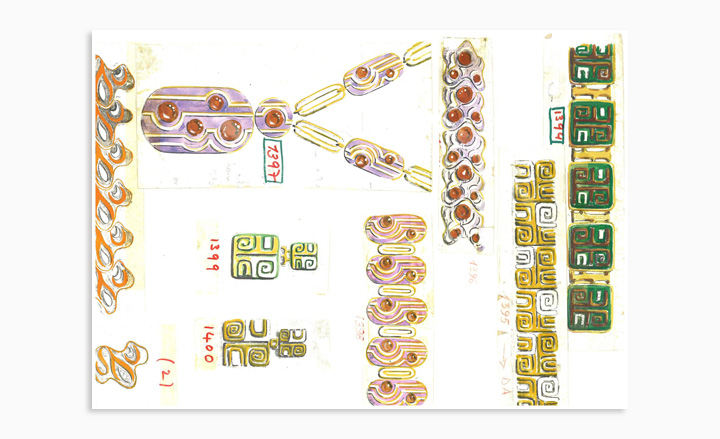
There are many reasons to see the Bulgari Masterpieces exhibition, which opened today at the jeweller's New Bond Street boutique in London. But for me, the standout one is that it covers just two decades - 1970 to 1990. Not only does this 20-year span depict a seminal period in high jewellery design, but also a time when the Roman jewellery house was at the forefront of it. And this brilliantly poppy display of rare design studio drawings and heritage jewels shows why.
Take, the 'Parentesi' collection - a line that Bulgari continues to develop and which is a stylised form of the architectural tick taken from the stone mosaics used to pave the junctions of Roman roads and walkways. The motif also mimics parentheses - brackets signs - hence the title. While the strong graphic confines of these lines created a new classic high jewellery aesthetic, subsequent creations saw Bulgari throw its trademark opulent precious beads and diamonds into the mix, whipping up a powerful mid-century opulence in the process.
Of course, Bulgari is forever associated in the public consciousness with Elizabeth Taylor but everyone from Veruschka to Jessica Lange and Diana Vreeland appropriated the Bulgari look during the 1970s and 1980s - and the brand's various style advocates are represented on walls, in film and in other forms at different points in the show.
Another pull is the fact that the exhibition production, complete with wall projector, giant digital interactive history book and massive ring box display, which takes over the entire top floor of the building, is so well considered that it makes the boutique feel like a bijoux metropolitan museum.
The overall effect of Masterpieces is both arty and cosy, making it a delight just to step out of the chilly London Spring and into the exuberant delights of such era-defining Mediterranean high glamour.
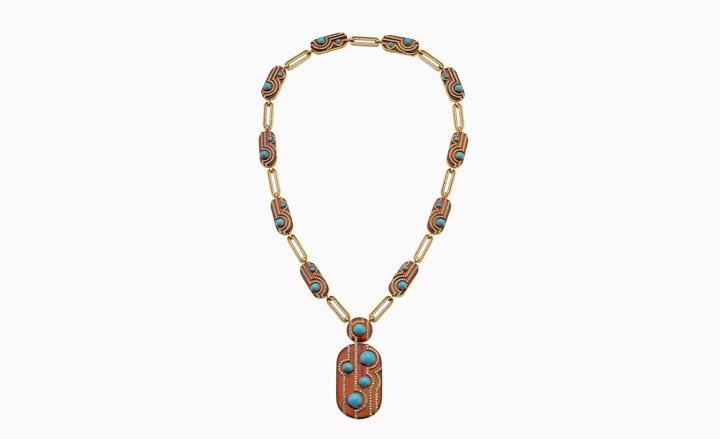
The Bulgari Parentesi necklace with turquoise bead detail
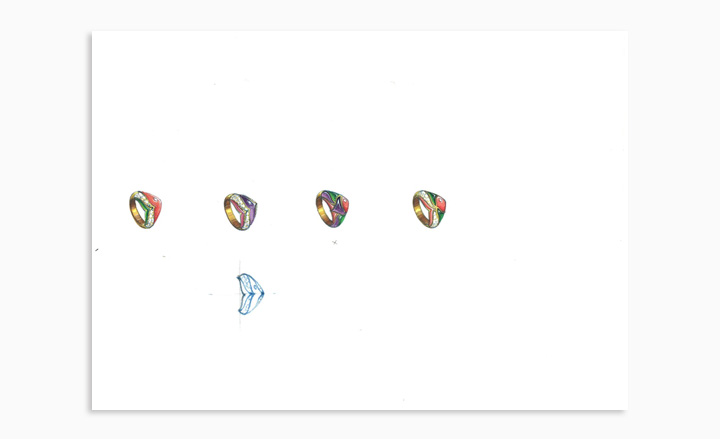
Bulgari Naturalia ring sketches from the new collection, inspired by vintage pieces
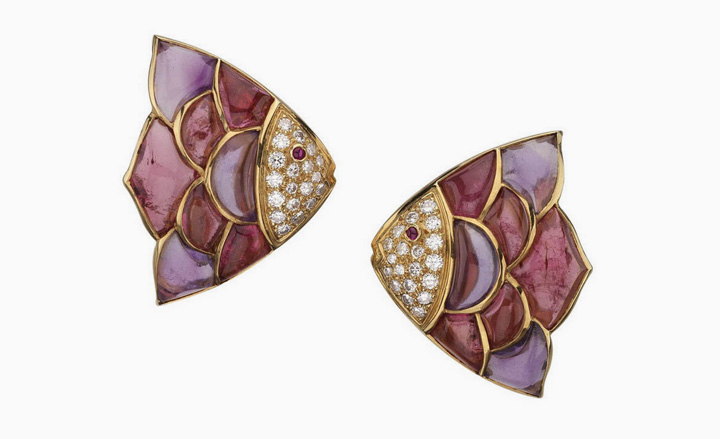
Bulgari Naturalia earrings from the current collection
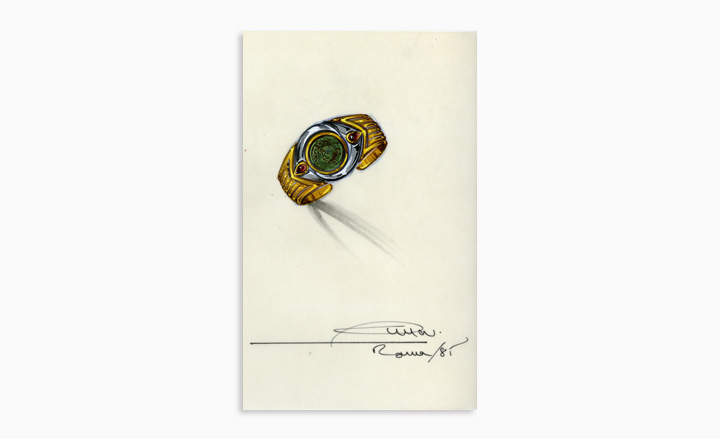
A 1970s sketch of an original Monete ring design
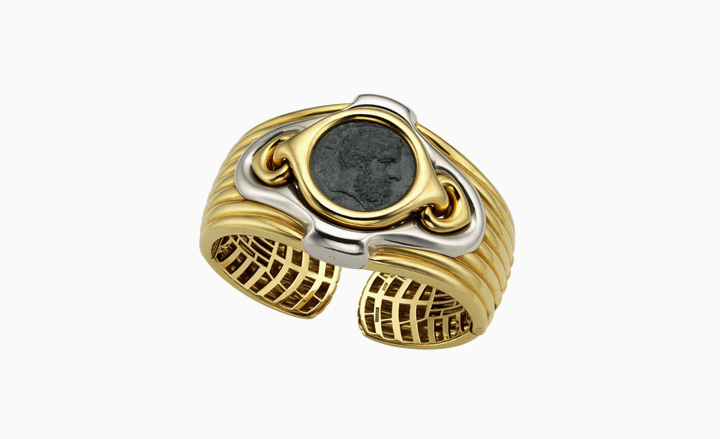
The Monete ring
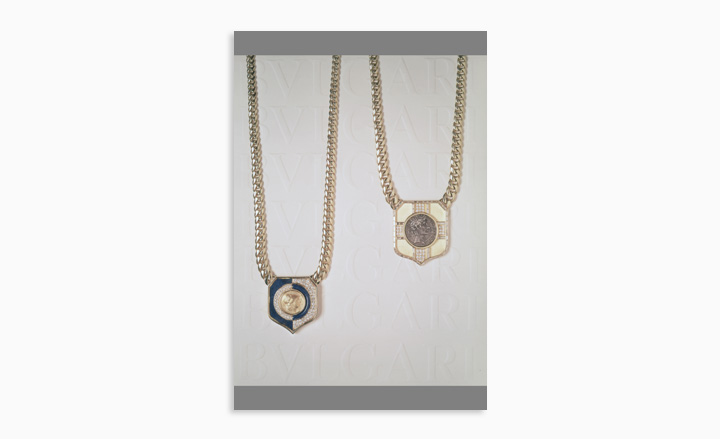
A 1980s advertisement for the Bulgari Monete collection
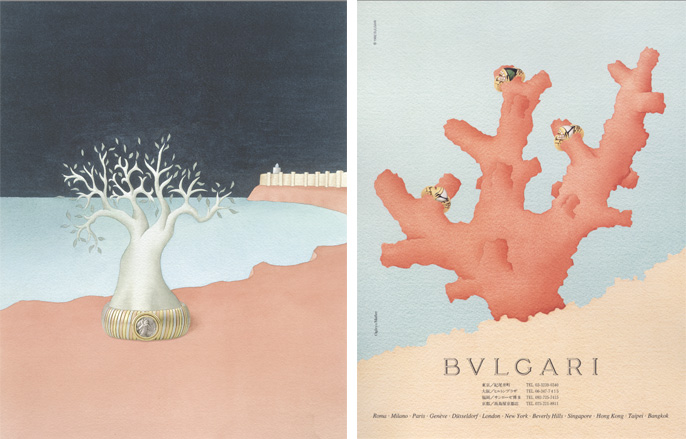
Bulgari was famed for its graphic magazine advertisements in the 1980s
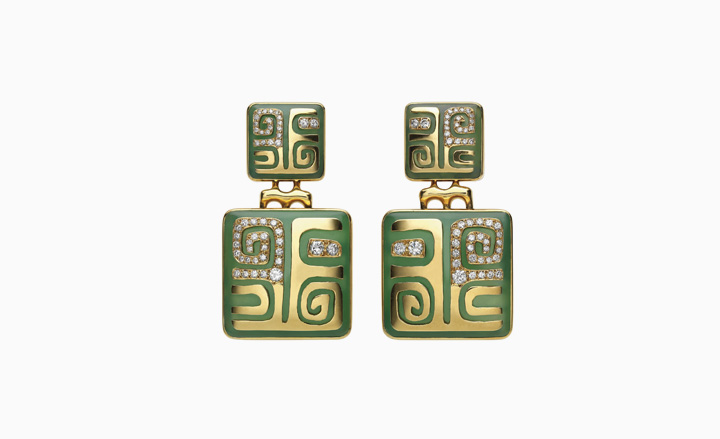
Vintage Bulgari Tematica earrings
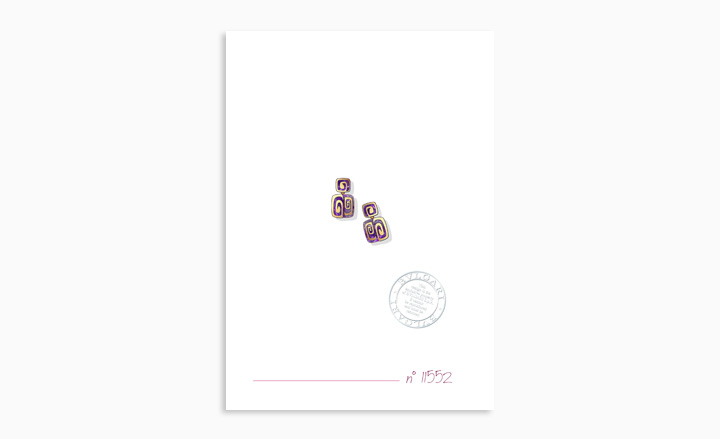
A sketch of the new design Bulgari Tematica earrings

Bulgari's new Naturalia necklace
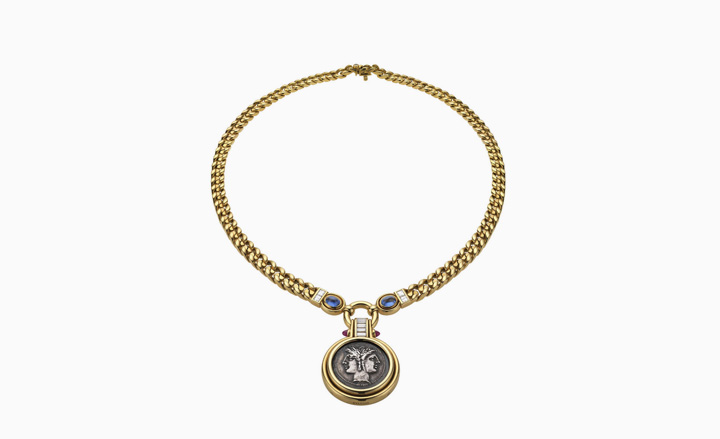
A Monete choker designs
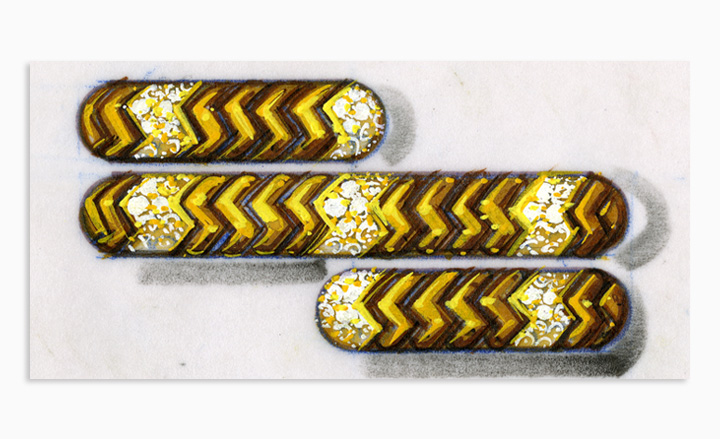
The Bulgari Spiga collection was inspired by the patterns of wheat
ADDRESS
Bulgari boutique
168 New Bond Street
London W1S 4RB
Wallpaper* Newsletter
Receive our daily digest of inspiration, escapism and design stories from around the world direct to your inbox.
Caragh McKay is a contributing editor at Wallpaper* and was watches & jewellery director at the magazine between 2011 and 2019. Caragh’s current remit is cross-cultural and her recent stories include the curious tale of how Muhammad Ali met his poetic match in Robert Burns and how a Martin Scorsese Martin film revived a forgotten Osage art.
-
 Put these emerging artists on your radar
Put these emerging artists on your radarThis crop of six new talents is poised to shake up the art world. Get to know them now
By Tianna Williams
-
 Dining at Pyrá feels like a Mediterranean kiss on both cheeks
Dining at Pyrá feels like a Mediterranean kiss on both cheeksDesigned by House of Dré, this Lonsdale Road addition dishes up an enticing fusion of Greek and Spanish cooking
By Sofia de la Cruz
-
 Creased, crumpled: S/S 2025 menswear is about clothes that have ‘lived a life’
Creased, crumpled: S/S 2025 menswear is about clothes that have ‘lived a life’The S/S 2025 menswear collections see designers embrace the creased and the crumpled, conjuring a mood of laidback languor that ran through the season – captured here by photographer Steve Harnacke and stylist Nicola Neri for Wallpaper*
By Jack Moss
-
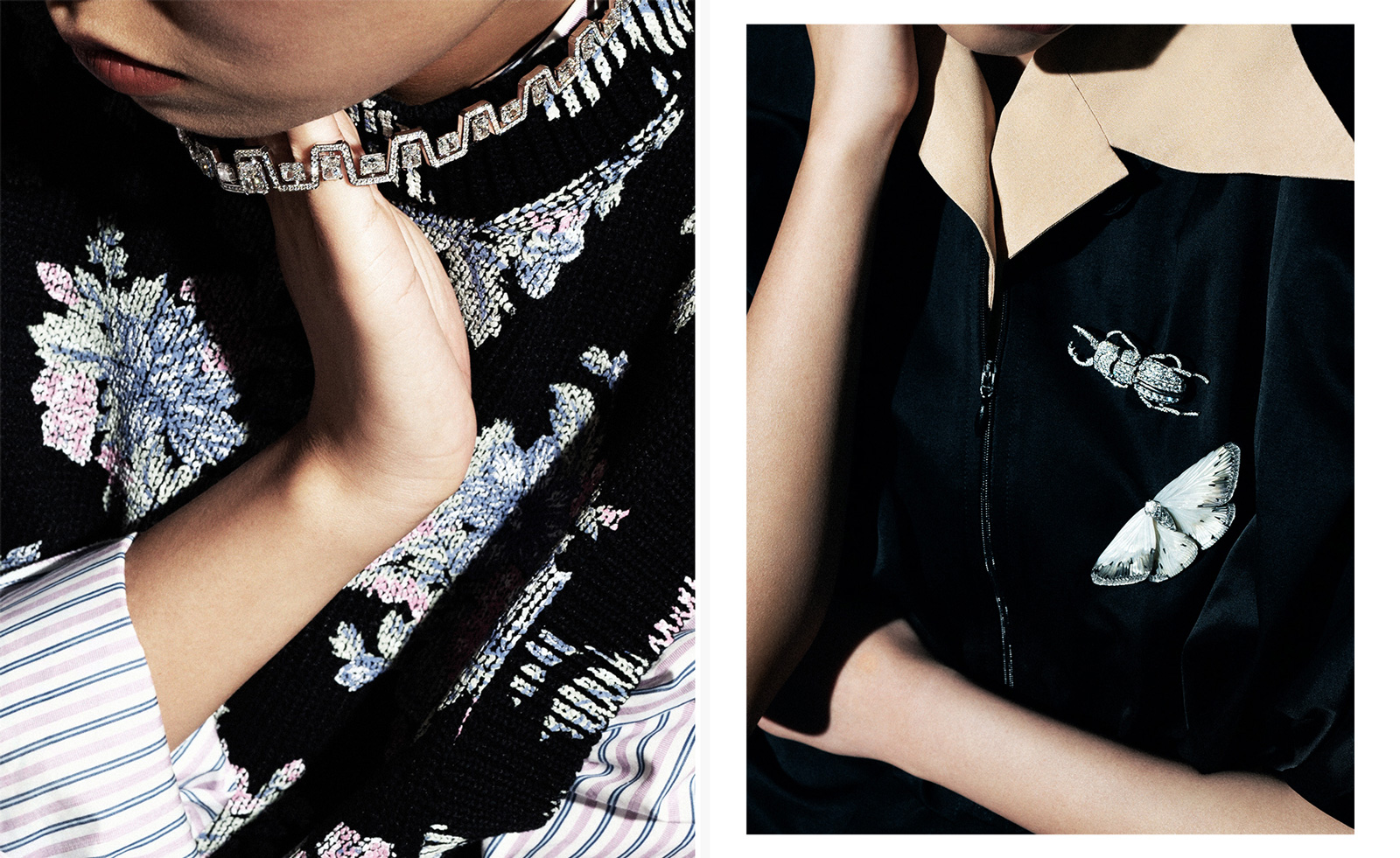 Dazzling high jewellery for statement dressers
Dazzling high jewellery for statement dressersIntricate techniques, bold precious stones and designs unite in these exquisite high jewellery pieces
By Hannah Silver
-
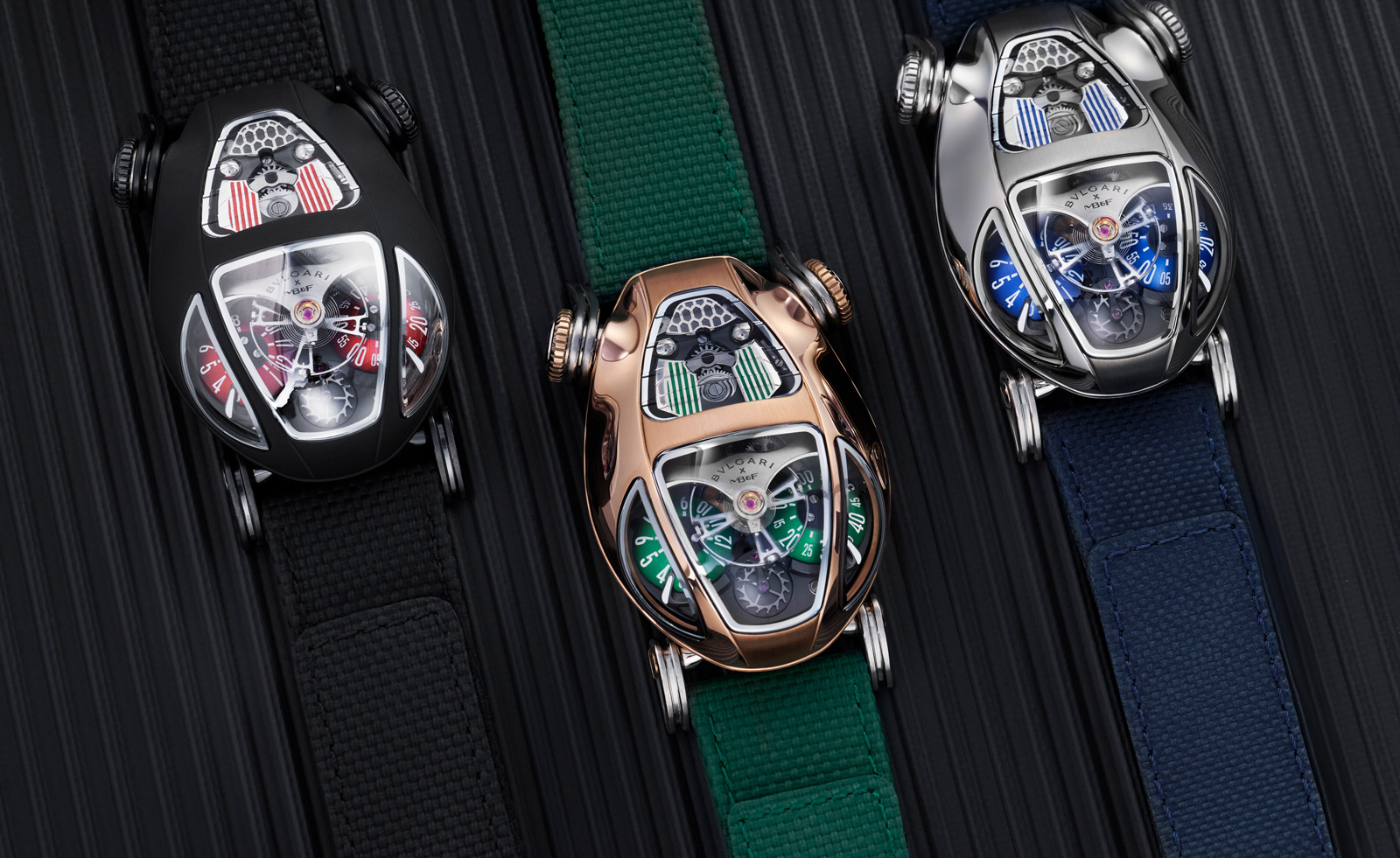 The Bulgari x MB&F Serpenti: an horological machine for the wrist
The Bulgari x MB&F Serpenti: an horological machine for the wristThe second meeting of minds between Bulgari designer Fabrizio Buonamassa Stigliani and MB&F founder Maximilian Büsser brings the reptilian icon to men’s wrists for the first time
By Thor Svaboe
-
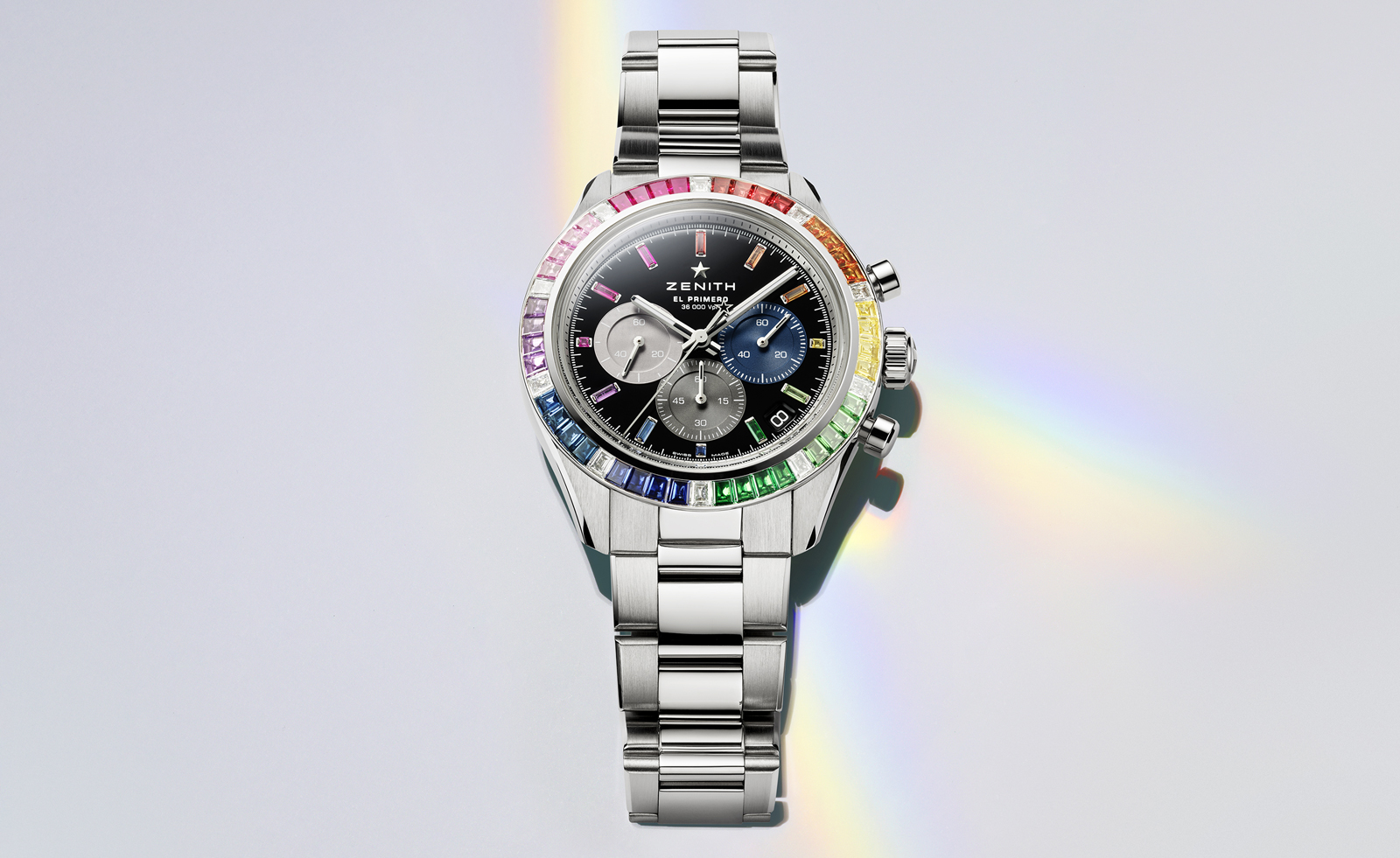 LVMH watch week 2025: everything we know so far
LVMH watch week 2025: everything we know so farOur guide to LVMH Watch Week 2025, taking place in New York and Paris, starting 21 January; keep an eye out for our updates
By James Gurney
-
 Art takes London: Tiffany & Co, Damien Hirst and artists take over Selfridges' windows
Art takes London: Tiffany & Co, Damien Hirst and artists take over Selfridges' windowsFour British contemporary artists celebrate Tiffany & Co's pioneering history with a series of storied window displays
By Anne Soward
-
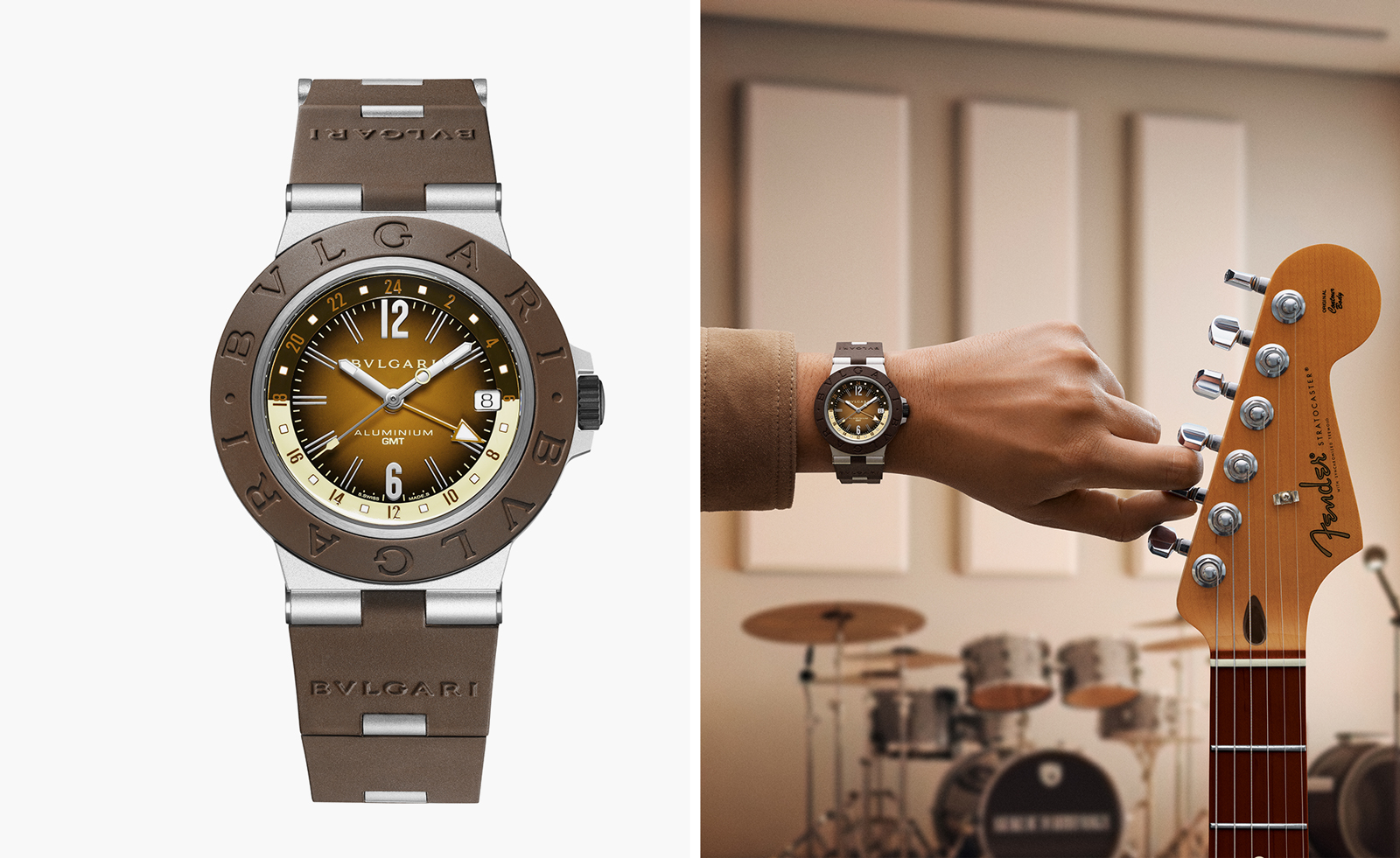 Inside Bulgari and Fender’s unexpected watch collaboration
Inside Bulgari and Fender’s unexpected watch collaborationThe Bulgari Aluminium GMT x Fender Limited Edition watch nods to the designs of the luxury house and the guitar brand, and is accompanied by a Stratocaster
By James Gurney
-
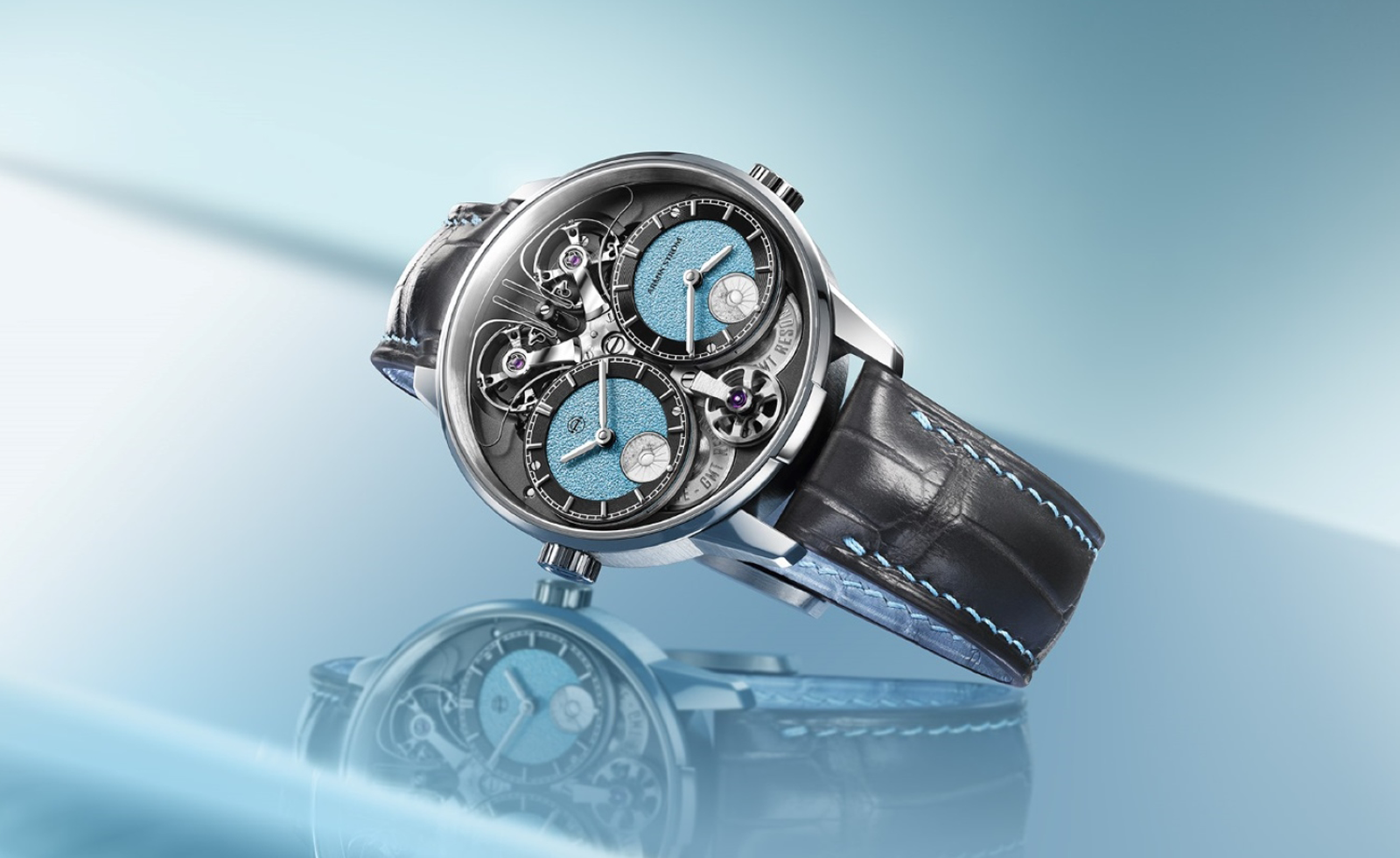 What are the must-see watch releases at Geneva Watch Days 2024?
What are the must-see watch releases at Geneva Watch Days 2024?Get up close and personal with Swiss haute horlogerie at Geneva Watch Days 2024, until 2 September 2024
By Thor Svaboe
-
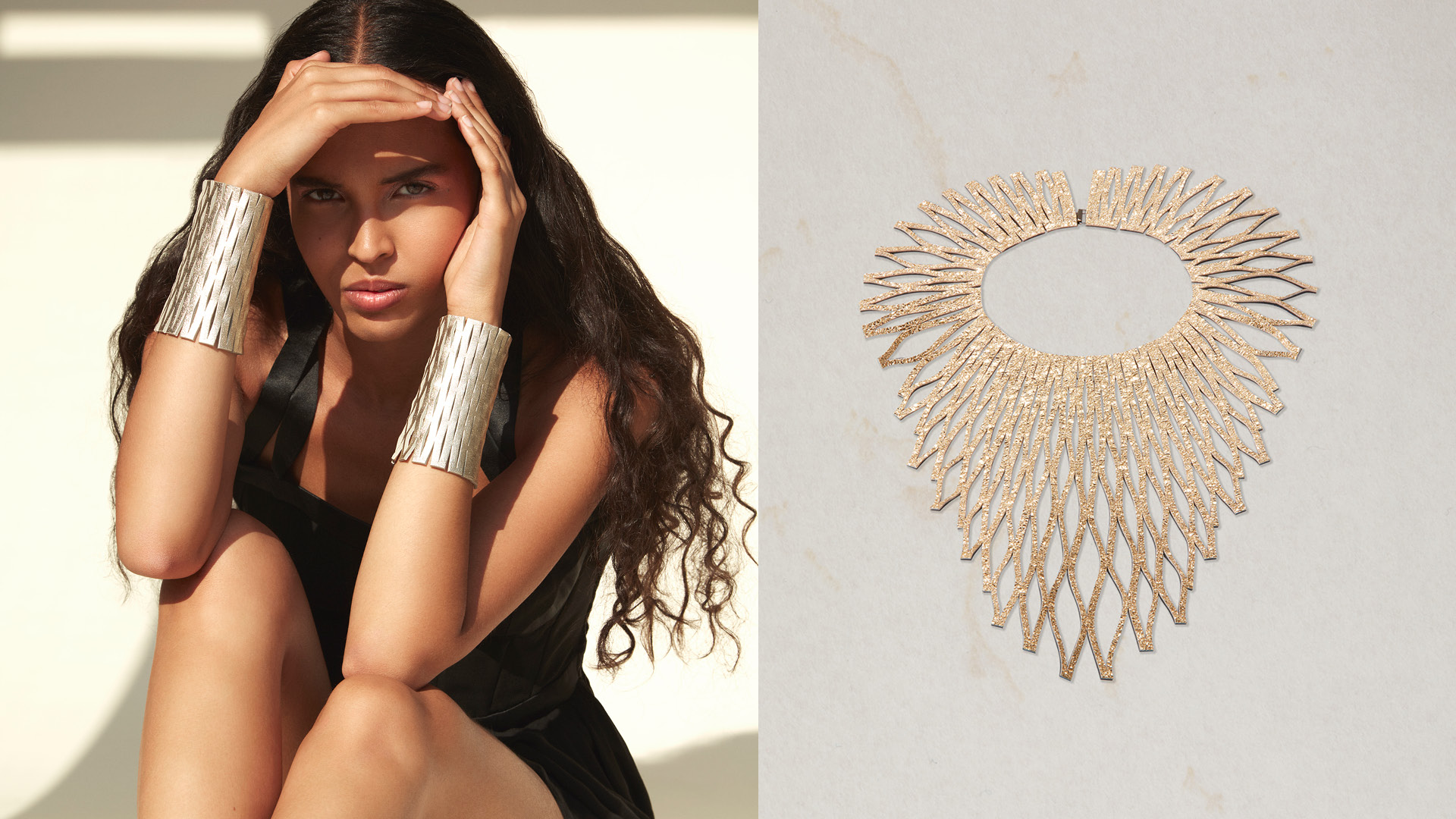 Late summer jewels: what to wear at Golden Hour
Late summer jewels: what to wear at Golden HourLate summer signals a jewellery style-shift. These independent designers have got it covered
By Caragh McKay
-
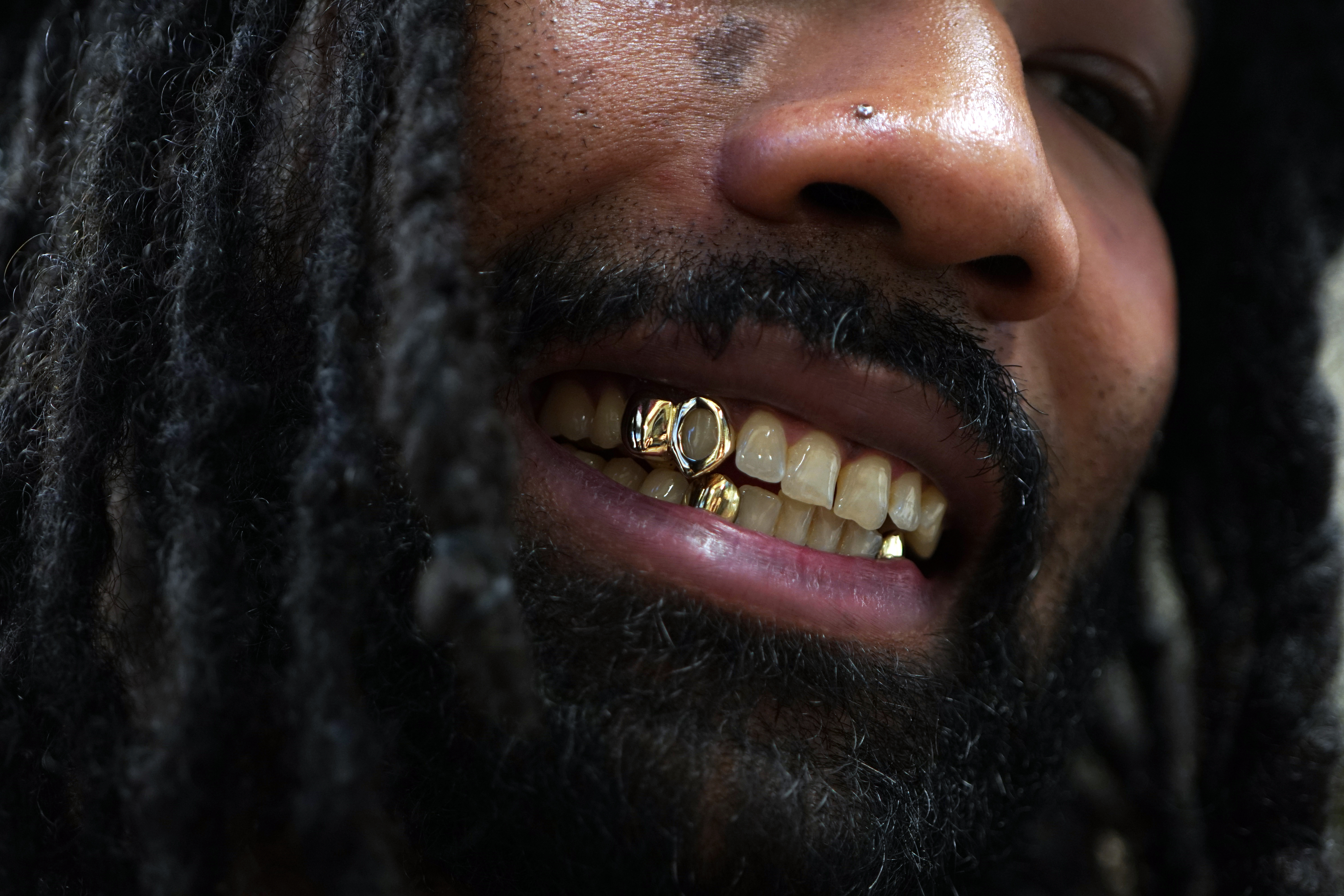 All smiles: How a grillz jewellery making class in London became an international hit
All smiles: How a grillz jewellery making class in London became an international hitWhat started as a passion project quickly exploded in popularity. We get the story behind the grillz-making workshop at Cockpit London
By Elisa Anniss